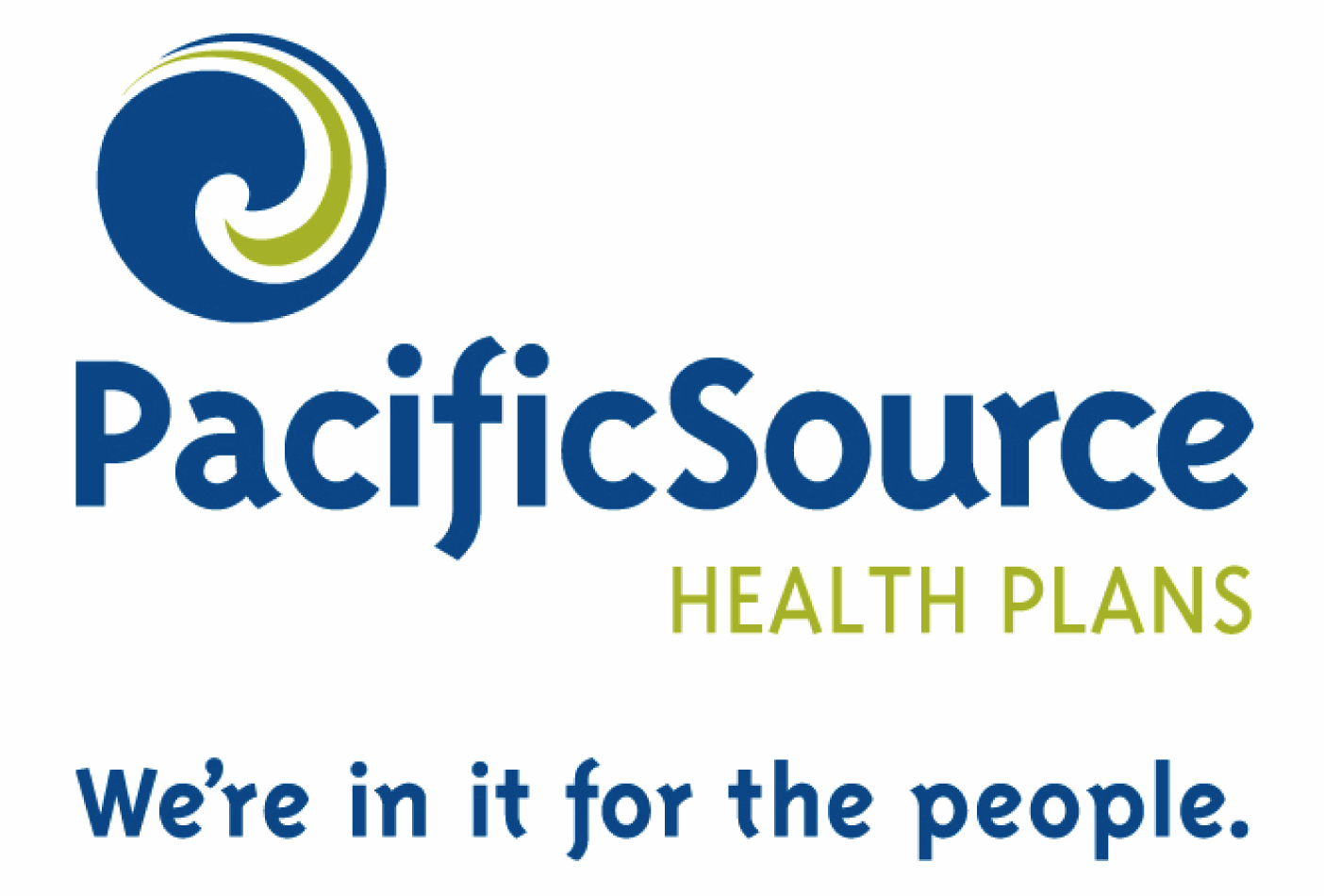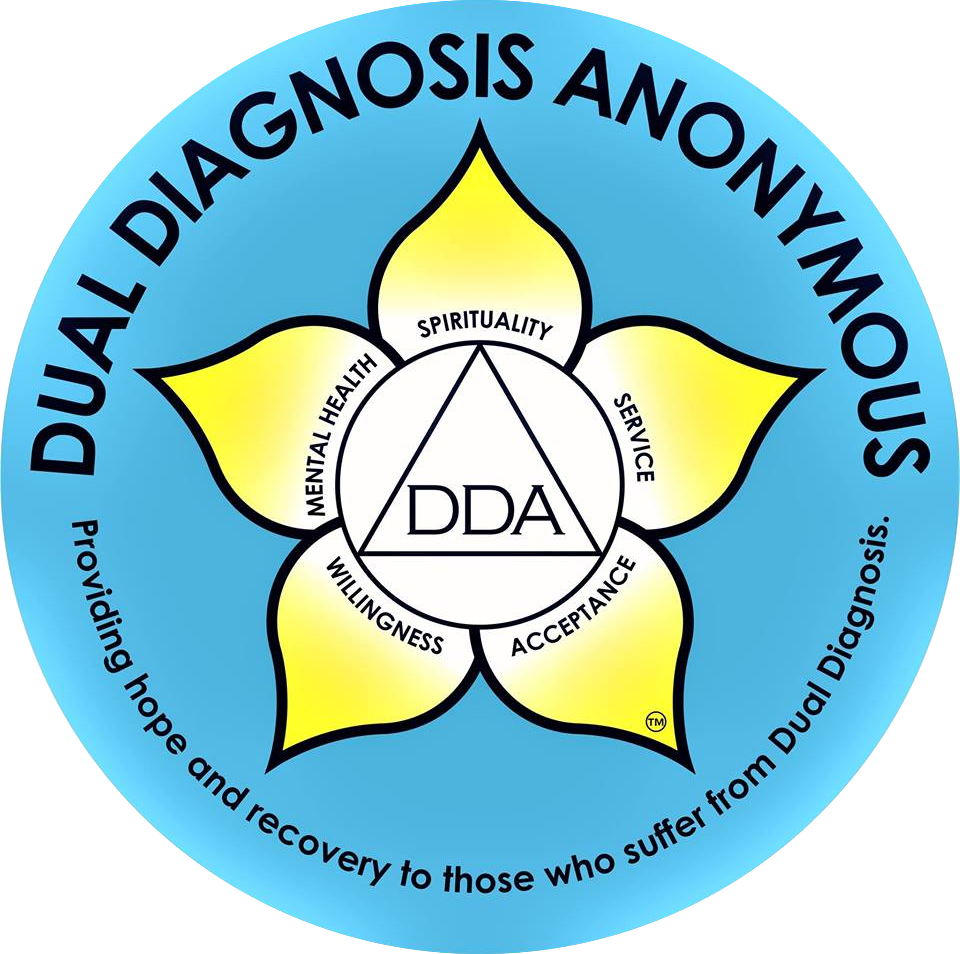Tech Crunch, the technology blog, reports on MedLion, a new startup in California:
MedLion makes a Medical Home available to virtually anyone regardless of their income. This will help the U.S. match other parts of the world that outpace the U.S. in prevalence of Medical Homes that are so critical to improving the health of the population. Importantly, this will also dramatically lower costs when deployed at scale.
Here’s the premise:
Studies have consistently shown that the higher the percentage a country or a county in the U.S. has patients with a “medical home” (i.e., one has a specific primary care physician they go to), the better the health indicators are. A byproduct of these better health indicators is less money is spent on healthcare. Denmark has had so much luck with increasing primary care that they have reduced the number of hospitals in the country by over half – they simply weren’t necessary anymore.
In the U.S., the early results are similarly promising. That is, by deploying a more primary care centric model, a pilot program is Ohio has shown it can save $500MM per year just in their Medicaid population with diabetes once they scale the pilot. As Bill Gates’ recent TED Talk on State budgets highlighted, these are monies that can remain in education rather than a further draining of education budgets. At a time when Silicon Valley needs more education, not less, this is critical for the future of the industry.
The story of MedLion and it’s founder, Dr. Samir Qamar:
Dr. Qamar originally setup a concierge medicine practice catering to the well-healed. He remains the House Doctor for the world famous Pebble Beach Resorts. As much as he has enjoyed his Pebble Beach practice, Dr. Qamar wanted to serve a broader population so he opened a practice with a dramatically lower price point. For only $49 per month and $10 per visit, MedLion is able to provide high quality medicine at a price point nearly any family can afford.
In fact, MedLion has plans to open another clinic in 2011 in a farming community in California catering to migrant workers who can have difficulty finding a family physician. Dr. Qamar states, “For the same amount they may pay in co-pays with an insurance policy, we can offer complete primary care without the added cost burden of insurance. We believe that a farm worker deserves access to primary care just as much as an executive at Pebble Beach.”
Read the whole story here.











I am a physician running a similar primary care practice and applaud any efforts to increase access to primary care and decrease the corrupting influence of insurance companies. However, I would hardly call this particular model one that anyone can afford. I can provide a lot of primary care for $600 per person per year. Nationally (and in my practice), primary care practices are getting paid far less than $600 per person per year. If you would like to learn from a group trying to provide great care to a lot of people for less than this model, visit http://www.impcenter.org.
Sounds like some IMPish doctors might finally be able to do what our politicians can’t: provide health *care* rather than mere health *insurance*. 😉
I would agree with Dr. Watts that $49 a month plus an extra $10 a visit would indeed be out of the reach of those of us a the very bottom of the economic ladder. As someone who lives on SSI at an income that is 40% below the poverty level and for whom it is not unheard of to visit my doctor’s office as much as once a week for INR checks, Dr. Qamar’s program would be entirely out of reach. I would note, however, that I’ve noticed many of the IMP providers in my area don’t accept CareOregon, i.e. the Oregon Health Plan (Medicaid) even as they do accept insurance plans of the traditionally better off (Blue Cross, ODS, etc.).
As someone in the process of looking for a new primary care provider, I’m being confronted by how painfully few options I have beyond the county health department. At the same time, I cannot help but be very grateful I do have Medicaid as so many patients I sit with in the waiting room of my clinic have nothing.
I read with great interest the article on “Medlion” and the ensuing comments. My hat is off to doctors like Dr. Qamar and Dr. Watts for at least trying. Many doctors just don’t care. At least a select few are thinking outside the box to provide better access to basic health care. It seems MedLion doesn’t take any insurance whatsoever – just charges this $49 monthly fee. I called their office, and they are actually raising their fees to $59 (for adults). For children under 21, they are actually reducing the monthly memberships to just a mere $19 a month! Their staff was extremely courteous, I received a return call within 30 minutes of my inquiry. I understand that to some, the fees are extraordinary, and I asked them about their labs. Apparently, they are in the process of setting up their own labs and offering them to patients at cost. By the way, their INR tests (I asked because my husband gets them too) are performed in-house for FREE. I studied many of the practices profiled on Dr. Watt’s link to impcenter.org and found many practices had a membership fee IN ADDITION to their visit rates that were well over $10. Some were as much as $75. I’m for MedLion’s model, and hope they come to my town soon. From what I was told, they’re growing very quickly, and I can understand why. It may not be the perfect solution to health care, but it’s a good start.